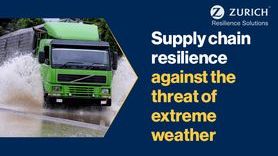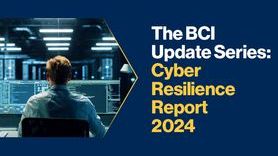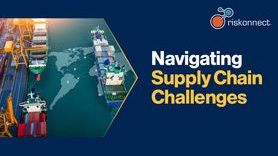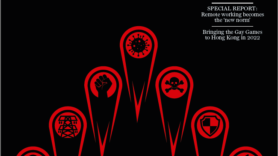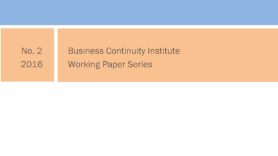Can solar storms affect your organization? Scientists believe geomagnetic storms will increase in the near future
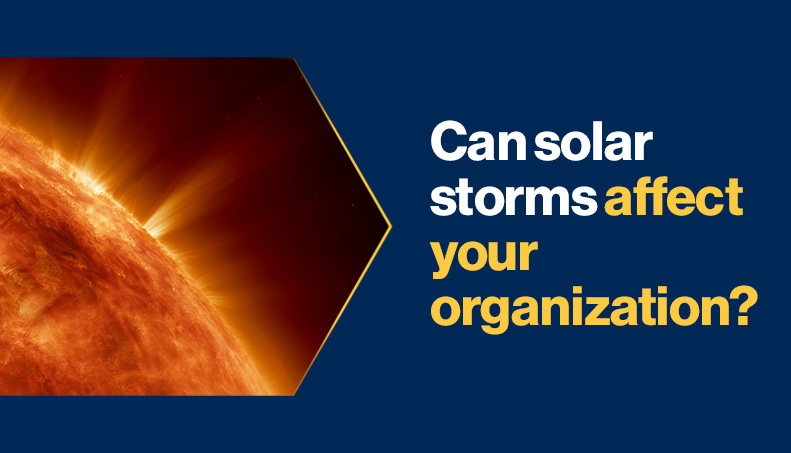
New research[1] shows that atmospheric conditions experienced earlier this year during May’s geomagnetic storm affected GPS systems.
According to reports from Virginia Tech, the arrival of the aurora, also known as the Northern Lights, that appeared in skies above the southern United States on May 11, coincided with GPS farm equipment going awry, and a unique, and powerful, geomagnetic storm may be to blame.
This solar geomagnetic storm was the strongest captured on record in 20 years, and it created charged particles that spread further, and applied more pressure, than usual across the atmosphere, which not only increased the aurora’s visibility but negatively affected GPS. Scientists believe that this type of disruption will increase as we reach the peak of the current solar cycle in July 2025, and remain increased for the next two years.
For modern technology systems, an increase in the frequency and severity of solar storms can mean disrupted signals, adverse impacts on navigation, and risks to communication system like GPS. Moreover, research further suggests that large solar storms are also capable of increasing electrical currents that flow around the earth, which has the capacity to affect electrical grids. This was observed in October 2003 when a geomagnetic event, known as ‘the Halloween solar storm’, damaged scientific satellites, caused power outages in Sweden, and damaged transformers in South Africa.
Planning for IT and critical infrastructure outages will come as no surprise to business continuity practitioners. The BCI Horizon Scan 2023 report[2] found that the greatest single disruption for organizations over the preceding twelve months was IT and telecom outages, with critical infrastructure failure in second place. As a result, the greatest consequence was loss of productivity. Moreover, research indicated that in the short term, extreme weather events were a top concern, placing second in the top five risks for the coming year.
To mitigate the effects of geomagnetic storms, organizations should ensure they have back-up power systems where necessary, and alternative remote working plans to address lack of IT and power. They could audit supply chains’ reliance on navigation systems to identify gaps and single points of failure via tier mapping, ensure dual sources are in place where practicable, and highlight the risks to top management. Organizations should ensure audits and effective training scenarios are carried out on a global scale, as solar storms have the capacity to cause worldwide damage.
If, as scientists predict, solar storms are due to increase in severity over the next few years, practitioners would do well to take note of the new and increased risks to communication, navigation, and electrical supplies. Although events such as this are not a traditional risk, issues being considered under business continuity and resilience plans are increasing as a result of new and emerging phenomena. Practitioners must keep an open mind, implement effective horizon scanning to identify new threats, and prepare flexible plans to ensure resiliency.


